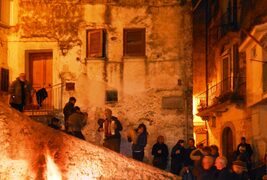 Procession in Itri, Lazio leading their way toward the bonfire Procession in Itri, Lazio leading their way toward the bonfire In Puglia, Basilicata, Lazio, Umbria, Lombardy and other regions of Italy, many towns and villages celebrate la Festa di San Giuseppe (March 19th) in a unique way... by lighting Fuochi nella Notte, fires of the night--or bonfires. The bonfires and festivities are on various days (depending on the town), from March 17th through the 19th. Known by different names, the bonfire festival might also contain the words Torciata (torch), Fiaccolata (torchlight procession), Falò (fire). For example, in Tuscany's Pitigliano, the event is called Torchiata di San Giuseppe with people dressed in medieval costumes and a procession of men and boys dressed in hooded monk's robes carrying flaming reed torches that will help build the bonfire. After the bonfire has burned down to ashes, tradition calls for people to collect and keep the ashes, ensuring their good luck in the coming spring. As with other holidays beginning in the New Year and throughout lent, the lighting of bonfires has a long history going back to the time of pagan worship. Through the last 2000 years, the activity has morphed into a Christian tradition. This tradition also coincides with the need to burn the trimmings from vines, olive trees and other woody crops. While Christians claim the fires are a representation of the good father, Saint Joseph, striving to keep the infant Jesus warm during winter nights, others say the tradition is from the ancient Romans celebrating the dark winter being overtaken by the light of spring. Many modern observers say it's just another way for fun-loving Italians to throw yet another party, for as with most festa and sagre, there is always the food, and a great sense of community.
And if the truth is to be told, Italians love bonfires so much, you will also come across other Fuochi on other saint day festivals across Italy. --GVI |
On AMAZON:
|

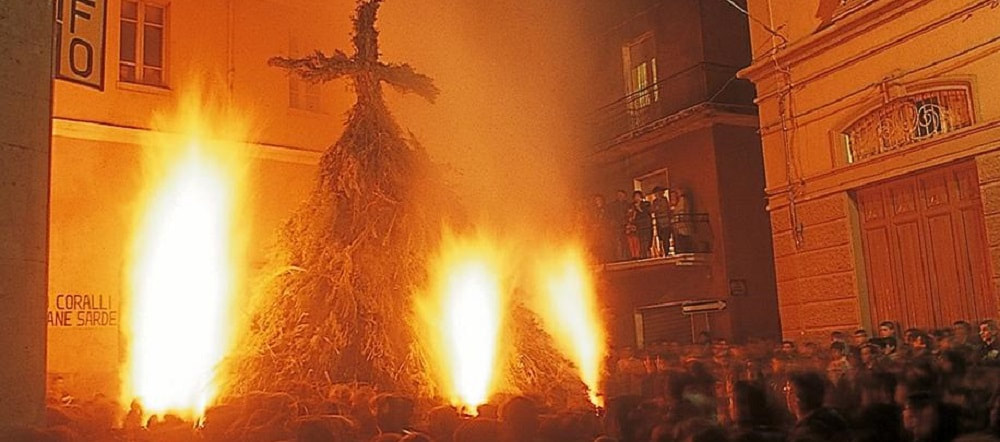
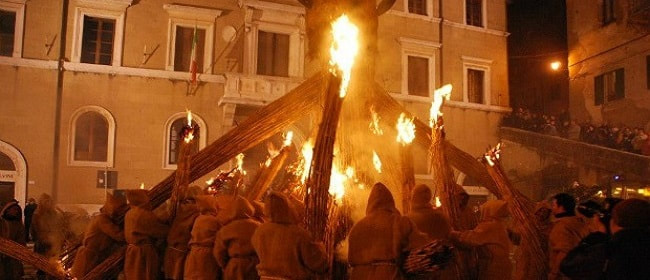
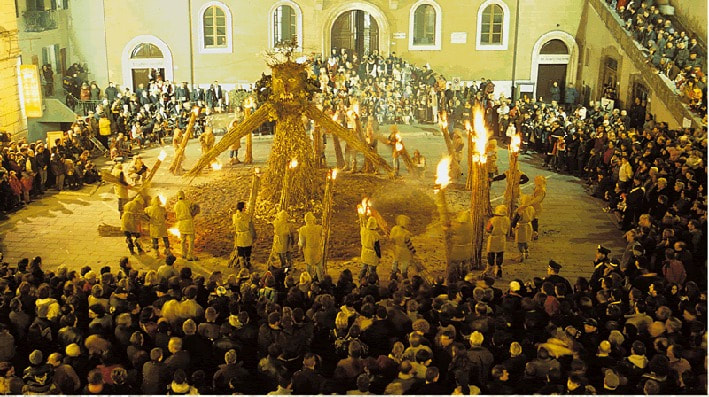
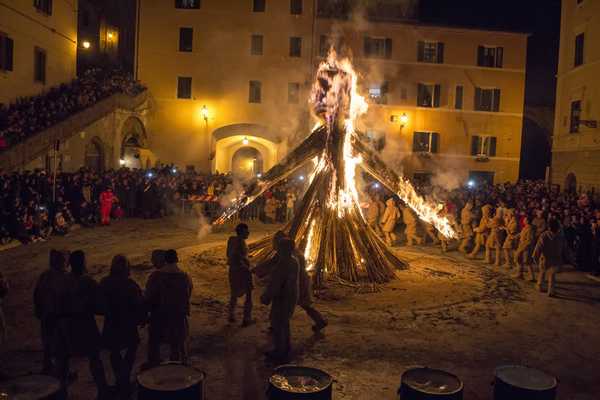
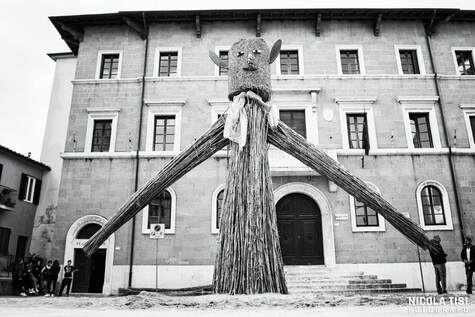

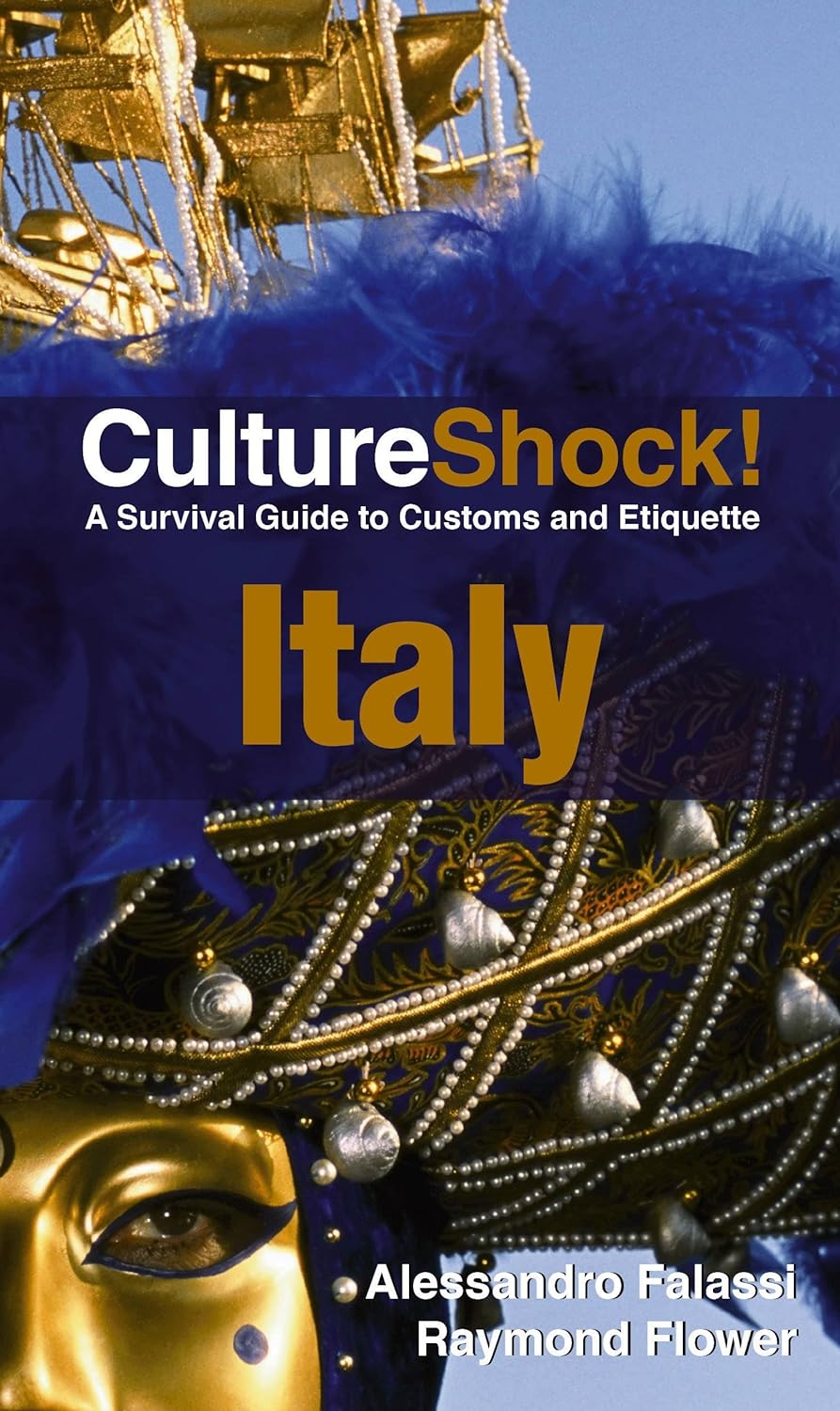
 RSS Feed
RSS Feed

